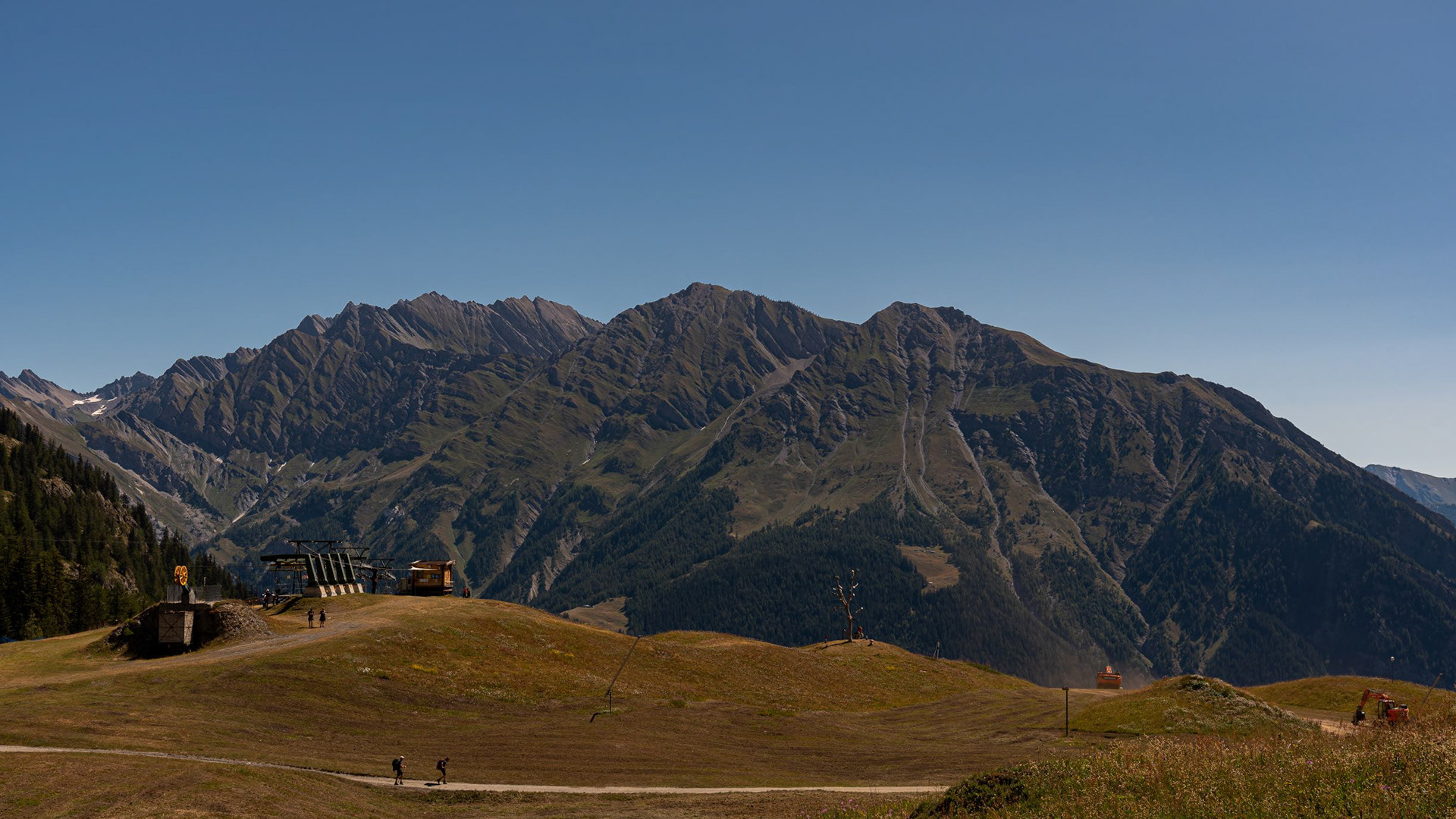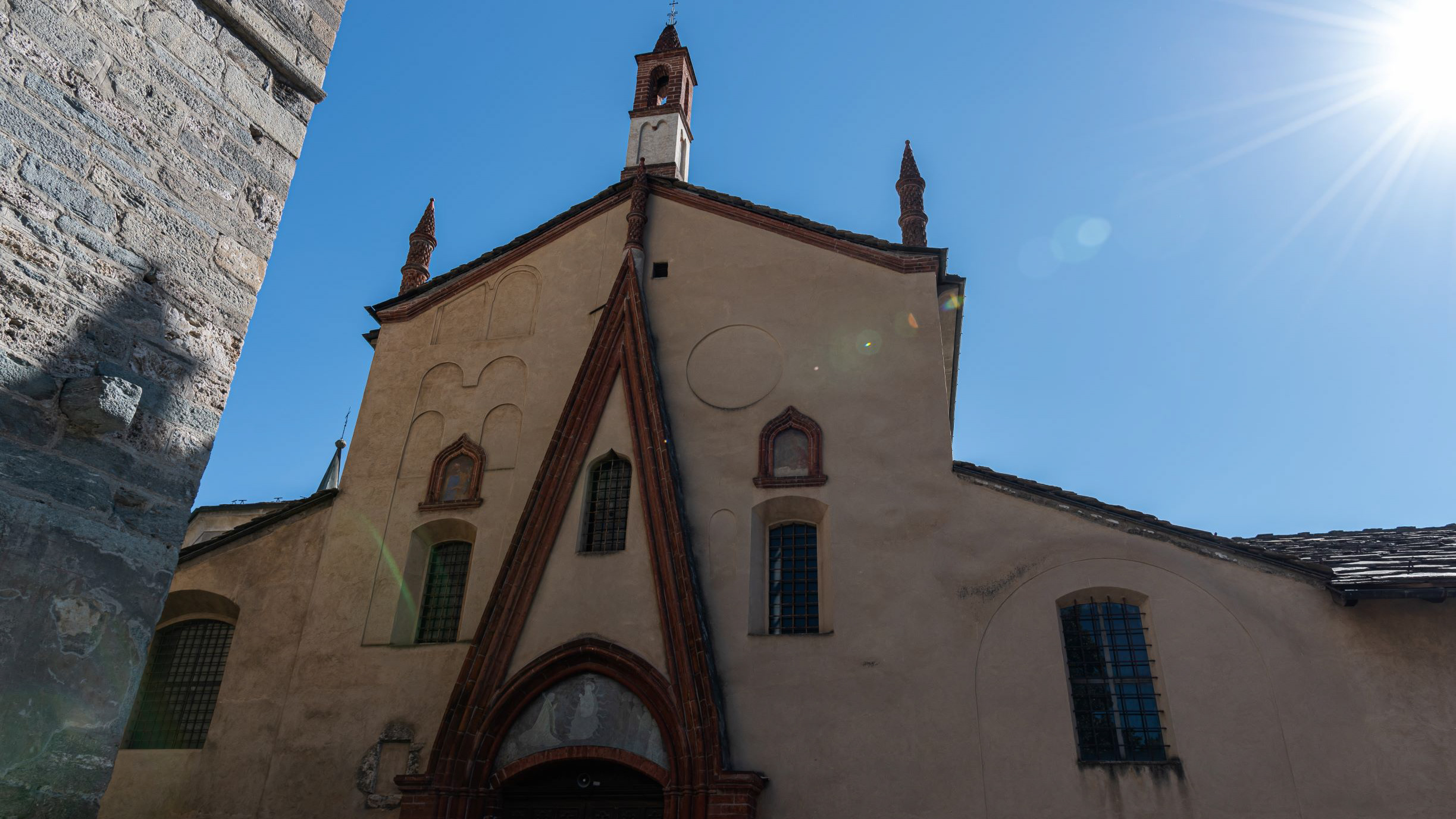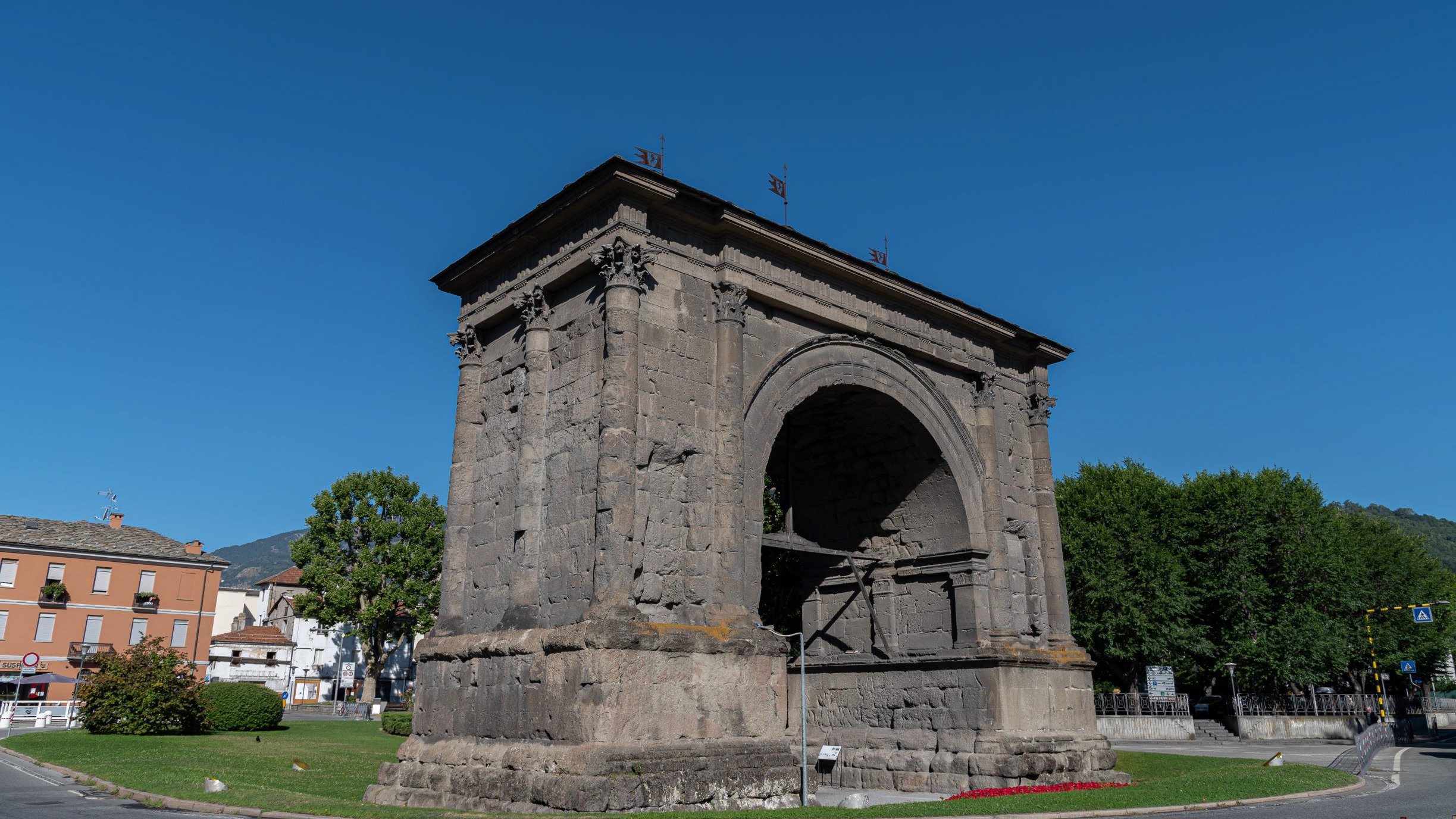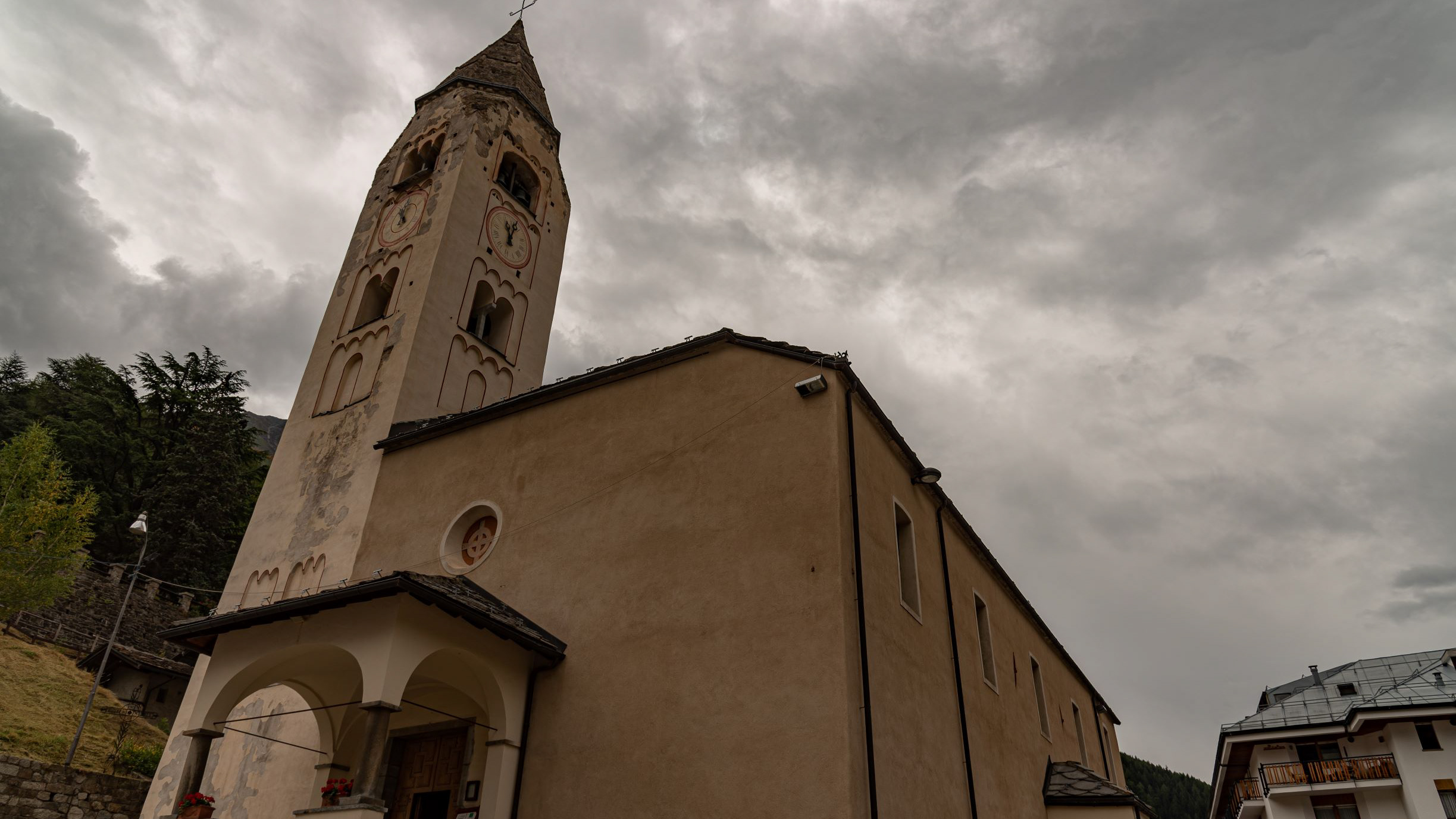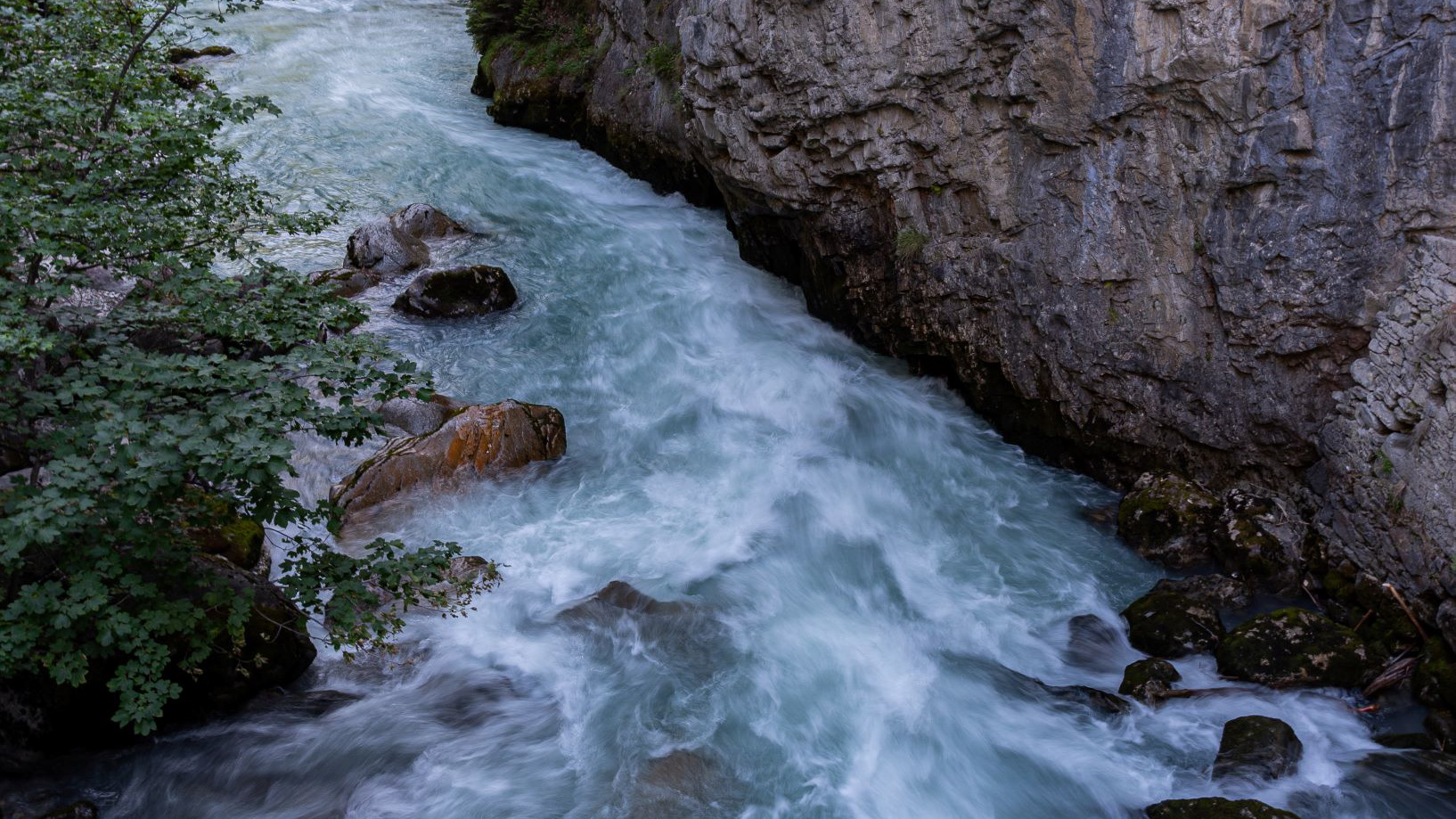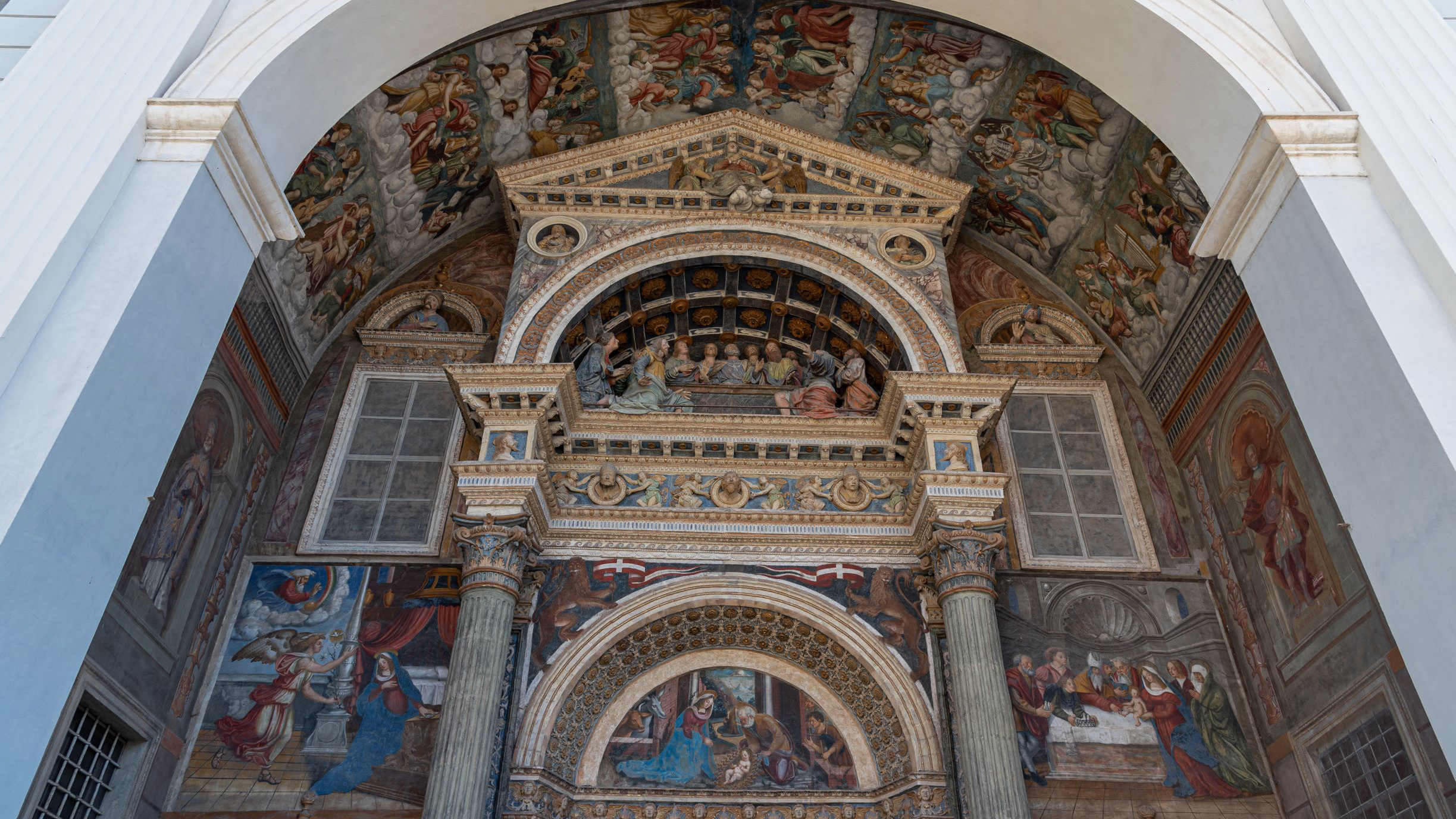The wonderful Arpy Lake
Not too far from Colle San Carlo, and more precisely in the Arpy valley within the municipal area of Morgex (Aosta), is the wonderful Lake Arpy, a glacial water mirror set in a beautiful alpine setting. Starting from Colle San Carlo which is located just 6 kilometers from La Thuile, Lake Arpy can be reached via a path that crosses the woods in just 45 minutes. Here, at 2,066 meters above sea level, in a splendid basin enclosed between Mount Charvel and Becca Poignenta to the left of Mount Colmet, is this fascinating body of water. The lake is fed by the emissary of the Pietra Rossa lake. Walking around the lake you can admire the spectacle offered by the Grandes Jorasses, peaks that are part of the Mont Blanc chain. On its right you can instead see the Monte della Croce from whose top, among other things, you can enjoy a beautiful view of La Thuile.
You may also like


